Discover different types of tyres
Standard tyres are not always the only option, and might not actually be suitable for the car you are driving.
Winter tyres are designed for use in prolonged cold weather conditions. The compound of the tread is different and they have more grooves, known as ‘sipes’, to provide more grip.
Run flat tyres are designed to allow you to continue to drive safely after having a puncture. They can run uninflated for at least 50 miles at a maximum speed of 50 mph, but they should only be used in conjunction with a Tyre Pressure Monitoring System (TPMS), which are found in all modern cars. Older vehicles without TPMS should not be retrofitted with flat run tyres.
There are also special tyres for 4 x 4 vehicles that spend most of their time driving off-road, that need to have extra grip, toughness and stability. Electric vehicles are heavier than cars with petrol or diesel engines, produce more torque and run almost silently, so they will often have specially designed tyres fitted.
Part worn tyres are a tyre which has been removed from a vehicle and sold as a product in its own right. Regrettably, TyreSafe research with Trading Standards has revealed these tyres are often unsafe. Find out what we discovered about the dangers of buying part worn tyres.
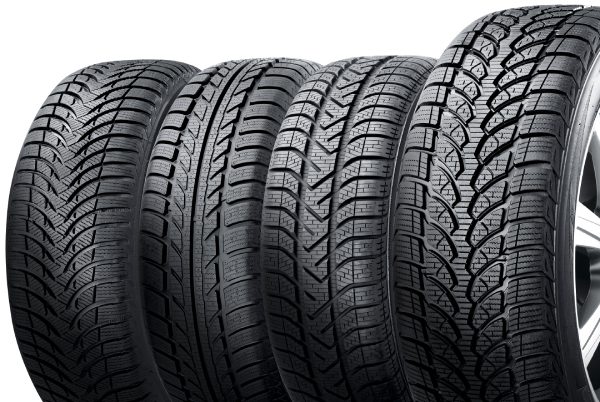
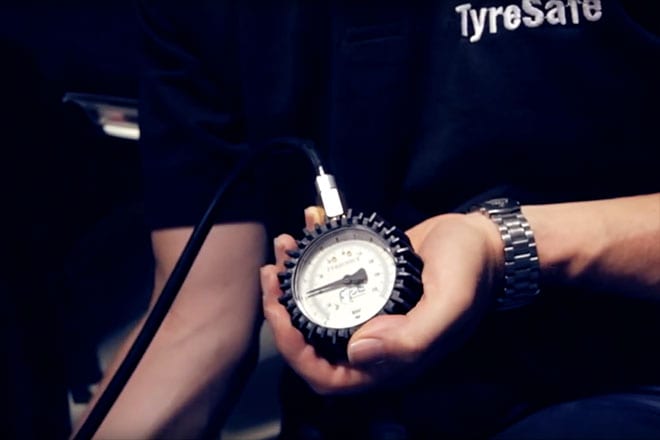
Tyre pressure guidance
Safe tyres save lives, and Tyre Safe is the place to come for the most helpful information about tyre pressure, one of the two key factors in tyre safety along with tread depth.
All cars manufactured since 2014 are equipped by law with a Tyre Pressure Monitoring System (TPMS), which monitors a vehicle’s tyre pressures while it is being driven. Make sure you maintain the TPMS by getting the system serviced regularly, as the sensors wear out over time and with weather damage. Some manufacturers recommend changing the components in the sensor whenever a tyre is changed.
Understand more about the various ways you can measure tyre pressure.
Understanding tyre markings
Many drivers are guilty of cost being their only consideration when buying new tyres. But tyres have ratings and markings which indicate performance or safety features. What do the numbers and letters actually mean?
We provide a detailed guide to speed ratings and the sidewall markings on tyres, which tell you everything you need to know about the capacity and performance of a tyre.
Find out about the new tyre labelling system that came into force in 2021. This changed the rating system to an A to E colour-coded scale, similar to the energy efficiency ratings for houses or domestic appliances. Previously invisible to a customer after the tyre had been fitted, tyre ratings are now available online to customers, so they are fully aware of the tyre’s performance features, such as its grip in the wet, fuel efficiency and road noise.
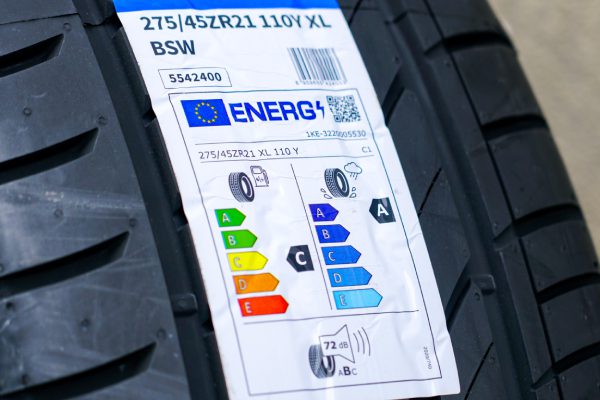
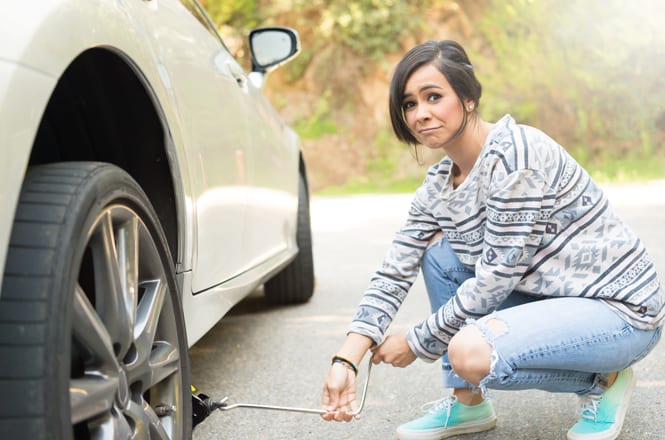
Learn more about tyre care and repair
What should you do if you get a puncture in one of your tyres?
We give you some tips on dealing with a puncture, whether you become aware of it while you’re driving or when your car is parked up. More modern cars are now equipped with temporary or emergency tyre puncture repair kits rather than spare tyres, but you should still only use these when it is safe to do so. Repairs to tyres should only be carried out by tyre specialists.
What are the signs to look out for with a slow puncture, and when can tyres be repaired and when should they just be replaced? Space saver wheels are an option – they are thinner and smaller than regular tyres, but should only be used to get you to a garage to get a repair or a new standard tyre.
Tyre buying advice
If there is one piece of tyre buying advice we have, it is to … buy new tyres!
Buying part-worn tyres is dangerous and a false economy. New tyres usually have a tread depth of 8mm, and the legal limit is 1.6mm in the UK, so buying a part-worn tyre will cost you more per mm of usable tread, will need to be replaced sooner and could lead to a fine of up to £2500 per tyre if you are found to be driving with illegal tyres.
It also is advisable to change two new tyres on the same axle at the same time.
When buying a used car, check the condition, pressure and tread of the tyres. It may not be the difference between buying the car or not, but it will give an idea of how long the current tyres will last, how safe they are and what costs may be up the road. Use the 20p test to check the tread depth.
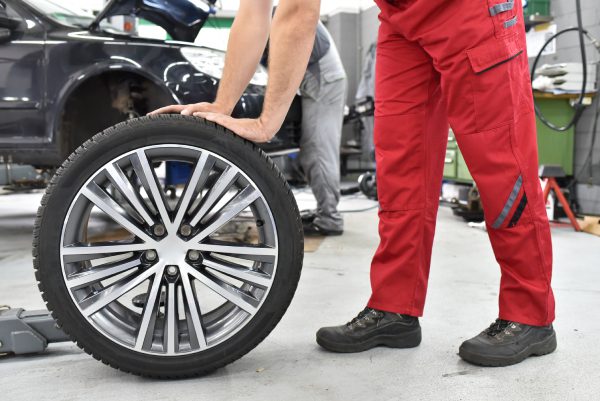
Tyresafe: FAQs
Check out our most frequently asked questions over the ten years that we have been providing advice on tyre safety and how to take care of tyres.
